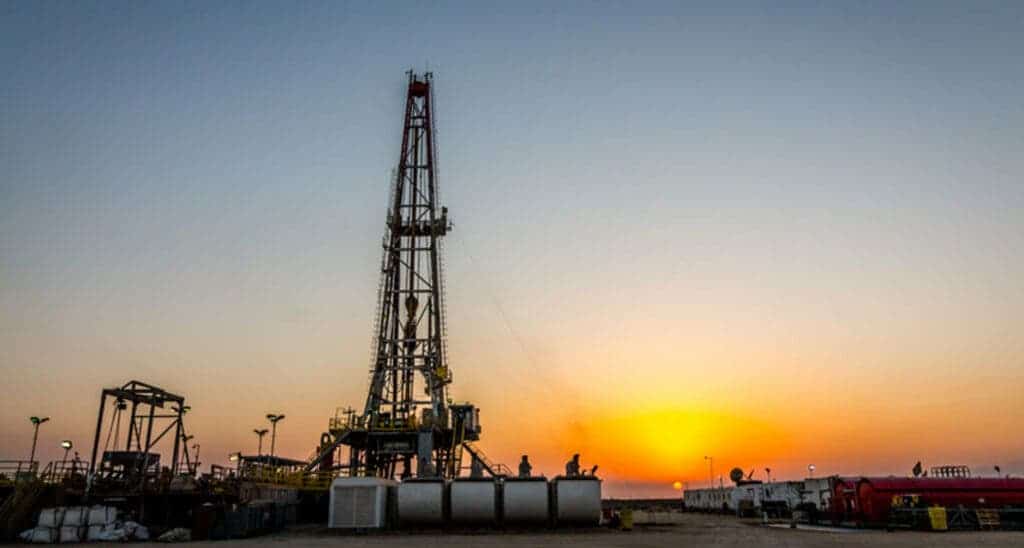Pregnant women have a higher risk of having low birth weight babies if they live close to active oil and gas wells, especially in rural areas, according to a new study in California. The findings add to previous studies that had already warned over the impacts of living near fossil fuel extraction sites.

The study, which is one of the largest of its kind, looked at the medical records of nearly three million births by moms living within 6.2 miles (10 kilometers) of at least one oil or gas well between 2006 and 2015. The researchers targeted births in both rural and urban areas, as well as pregnant women living near both active and inactive oil and gas sites.
According to the findings, pregnant women who lived in rural areas within 0.62 miles (1 kilometer) of the highest producing wells were 40% more likely to birth underweight babies and 20% more likely to have babies who were small for their gestational age, compared to people living farther away from wells or near inactive wells only.
Even among term births, babies were 1.3 ounces (36 grams) smaller, on average, than those of their counterparts. Newborns are considered to have low birth weight when their weight is less than 5lb and 8oz (2.4 kilos). Having a low weight can cause a wide array of short-term development issues.
“Being born of low birth weight or small for gestational age can affect the development of newborns and increase their risk of health problems in early childhood and even into adulthood,” said in a statement Rachel Morello-Frosch, a professor at the University of California, Berkeley, and senior author of the paper.
Morello-Frosch and her team also found a link between living in close proximity to oil and gas wells and small babies born in urban areas. Nevertheless, it was much less significant than in rural communities – something they explain by differences in air quality, maternal occupation, and housing conditions.
Growing risks
The findings add to a growing body of evidence linking proximity to oil and gas wells to a variety of adverse birth outcomes such as premature birth, heart defects, and low birth weight. Oil and gas production has been on the rise in the US in recent years due to the expansion of non-conventional techniques like fracking.
Fracking is a method of extracting oil and gas trapped in shale and other rock formations. It involves pumping large amounts of water down a well at high pressure, along with sand and chemicals that make up a tiny fraction of the volume. The technique transformed the US energy landscape, although California hasn’t seen as much changes as other states.
In California, where the study was carried out, oil production has declined over the past three decades. Last year, Governor Gavin Newson issued stricter rules for companies to obtain fracking permits. There are now 282 fracking permits waiting for review in the state.
“This study is the first to characterize the implications for perinatal health of active oil and gas production in the state, and I think the results can inform decision-making in regulatory enforcement and permitting activities,” Morello-Frosch said. “Results from health studies such as ours support recent efforts to increase buffers between active well activities and where people live, go to school and play.”
The study was published in the journal Environmental Health Perspectives









